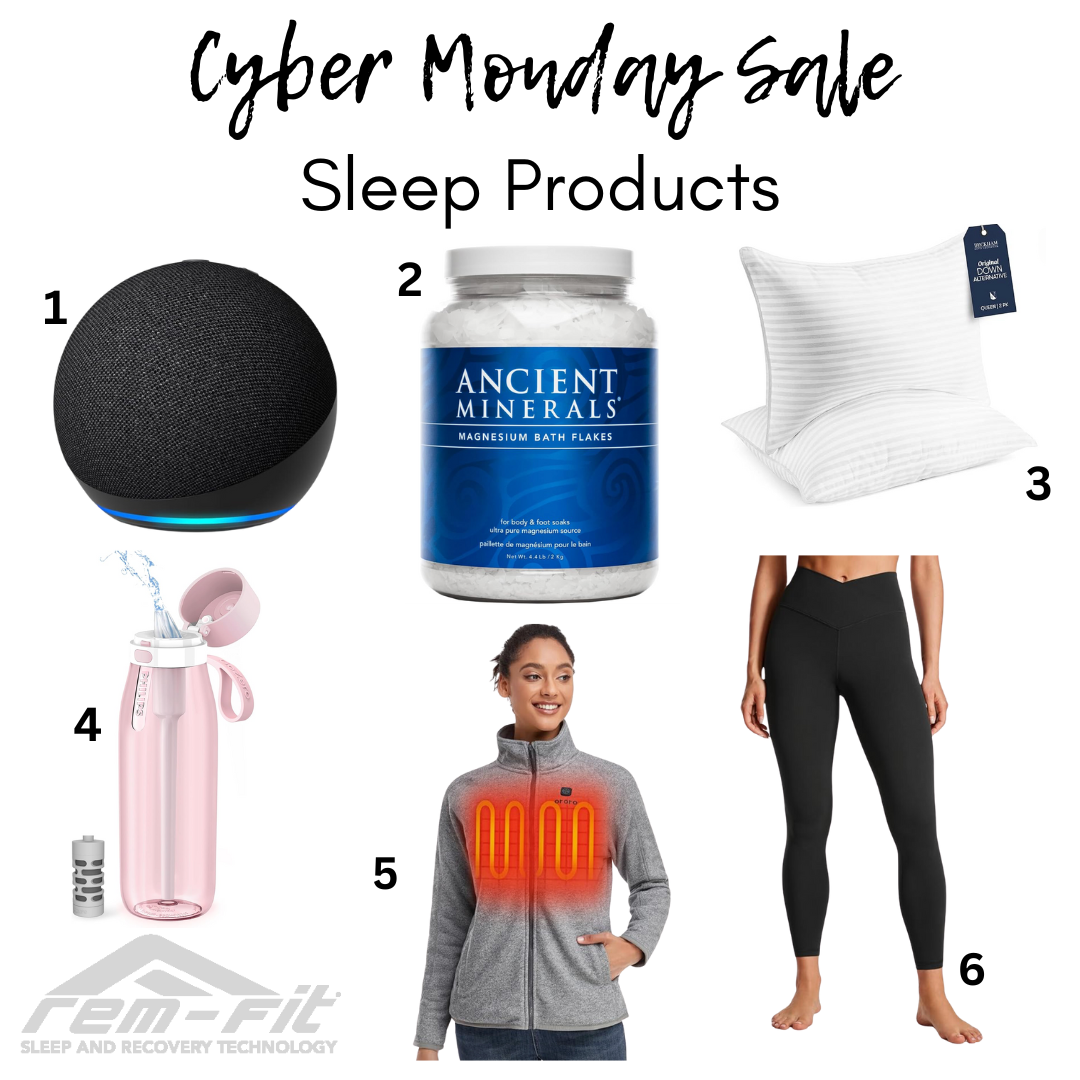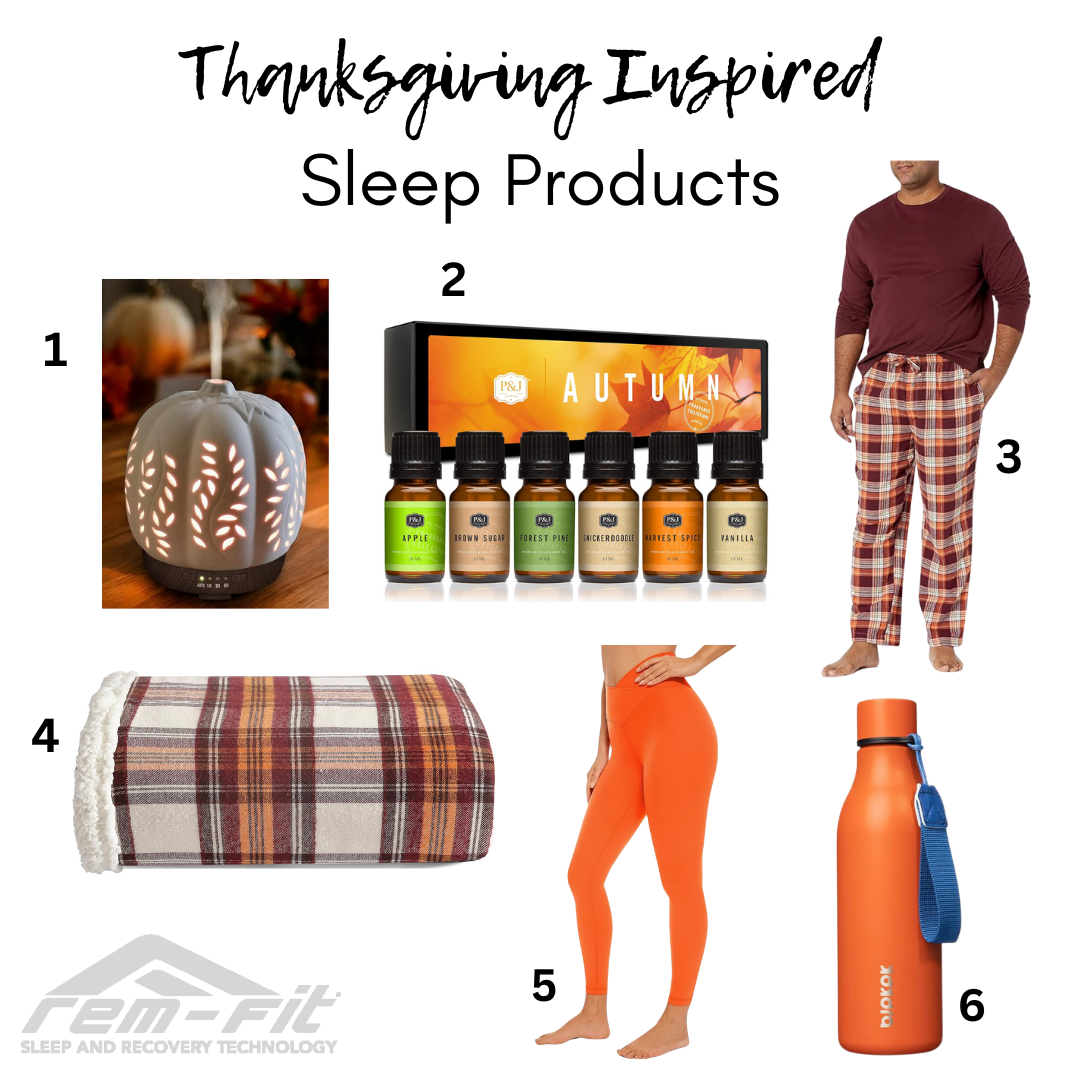
The Fundamentals of Recovery
The Fundamentals of Recovery
In order to exercise, your body itself breaks down stored energy and converts it to energy you can actually use. Much like your phone battery, the more you use it, the faster it depletes. Eventually, especially during high demand, you’ve got to recharge your phone, right? It’s the same idea with your body. You have to take time to practice proper recovery in order to be able to function, or you’ll just eventually run out of steam.
The body, however, is adaptive and does a great job of keeping you alive. Therefore, when it senses it’s in danger for survival, you might start running on backup power for longer than you realize. Muscle begins to break down, stress levels increase, metabolism slows down, your heart rate will go up, and general fatigue and moodiness rise. Sounds pretty awful.
Fortunately, recharging isn’t that difficult. You just have to actually make time and be diligent with it. Practice cooling down with stretching and active recovery after your workouts. Make sure you refuel properly with good nutrition. Listen to your body and take time off when you need it. And please, do yourself a favor and get a good night’s sleep.
Cooling Down and Stretching
Rather than go from full tilt, high-intensity workouts straight to sitting in your car, take 10 minutes to gradually come down from that endorphin high. In order to return to your regularly scheduled heart rate, changes in the autonomic nervous system need to occur. You have two versions of this - sympathetic and parasympathetic. The sympathetic nervous system gets you energized, pumped, and ready to run as if something was chasing you. It’s awesome for a good workout. However, you can’t stay like that all day, as it will deplete your batteries. Therefore, restoring heart rate by transferring over to parasympathetic activation helps you rest and recover. Lying on your back for a few minutes after exercise and focusing on your breathing is a fantastic way to “flip the switch”, so to speak.
As you’re beginning to relax, post-workout is a great time to dig into some of those tight spots. Smashing with a foam roller can speed recovery by releasing adhesions along the fascia, signaling blood flow to those areas and stimulating oxygen release. Static stretching while warm has anecdotally been used to restore range of motion. Research indicates that stretching can increase joint flexibility by improving stretch tolerance and “altering the mechanical factors associated with tissue stiffness”. Not only will you help your body calm down, but you’ll feel better throughout the day
Fuel Your Recovery.
Eating well on a regular basis can actually help you recover before you even start working out. Focus on whole foods, limited ingredients and processing, and a solid balance of lean protein, whole grains, fruits and vegetables, and good fats. It’s the same stuff your mother has been telling you since you were a child. Nutrient dense foods not only provide good options for your macronutrients but also contain lots of vitamins and minerals that help fine-tune your metabolism, immune system, brain function, bone/joint health and more. Fueling your body right limits inflammation, improves mood, facilitates sleep, and makes your workouts more bearable.
However, eating around your workouts is probably the most critical for recovery. Research has shown a protein + carb drink (2:1 or 3:1 protein/carb ratio) restores glycogen and amino acids quickly to recover faster. While building muscle or during increased periods of exercise, focus on whey protein post-workout with at least 20g per serving. Avoid fat around your workouts, as this can slow digestion and absorption of those critical carbs and amino acids.
It’s not necessarily about how hard you train, but how fast you recover. Again, the recovery period is when you’re building yourself back up stronger to take on life. Enhancing recovery should be a goal for everyone who exercises or undergoes stress regularly.
Rest and Recover
The best professional athletes have an offseason for a reason. Balance is crucial so that when you’re on, you can really be at your best. You don’t want to be run down from killing yourself at the gym all week, but you also have to get up off the couch at some point. Push hard to get adaptations when you’re under exertion, but then back down and rest.
Taking time off actually helps increase strength and speed recovery. Both mentally and physically, constantly demanding more of your body will only take you downhill. Take a look at the graph below for a visual example of how important full recovery is.
Sleep
The bottom line is - nothing is as restorative as a consistent night’s sleep. Getting the rest both your body and mind need, however, often proves trickier than we would like. More and more of us experience sleepless nights and fatigue during the day, and modern society could be to blame.
There are tons of environmental cues that our body has adapted to in order to sleep, such as sunrise, sunset, and cooler temperatures at night. The circadian rhythm, your body’s internal sleep clock, regulates this your sleepiness over a 24-hour period, signaled by these external cues. However, when most of us spend the day inside (without natural light), live in houses with central heating, and stare at our cell phones as we crawl into bed, it’s a confusing world for that circadian rhythm.
Sleep facilitates tissue repair, memory and learning, exercise recovery, and immune system function. There’s a reason we spend a third of our lives sleeping - our body craves it to reset. Rather than starve yourself of much-needed shuteye, practice good sleep hygiene by following these steps:
- Avoid “blue light” emitted from phones and computers before bed. This wavelength of light is the same as the morning sunrise, so it signals wakefulness rather than sleep. Most phones now have a “night mode” that shifts the hue of light.
- Build a cool, dark environment for sleep. Find your ideal sleep temperature and consider wearing an eye mask if you share a room
- Eliminate noise and distraction. Ear plugs are miraculous if you’ve got noisy neighbors, live in a city, or your partner snores.
- Get a high-quality mattress for your style of sleep. In order to fully relax into REM sleep, your body needs to feel comfortable and safe. If you’re constantly shuffling positions, tossing and turning out of discomfort, you might spend hours in bed not actually getting deep sleep.
There you have it. Recover as hard as you work, and you’ll get more out of yourself. Don’t neglect rest, as it’s recharging your batteries for the days ahead. That's why investing in quality recovery is a no brainer. It pays dividends each night. Start by finding the right pillow.
Kimber Rozier, CSCS
Also in Blog

Cyber Monday Sleep Deals

Turkey and Cranberry Quesadilla's: Promote Sleep and Use Leftovers!
Turkey has long been known to help you feel sleepy, thanks to it containing tryptophan. If you have extra turkey and are looking for a quick dinner to help you feel sleepy tonight, try this quesadilla!


